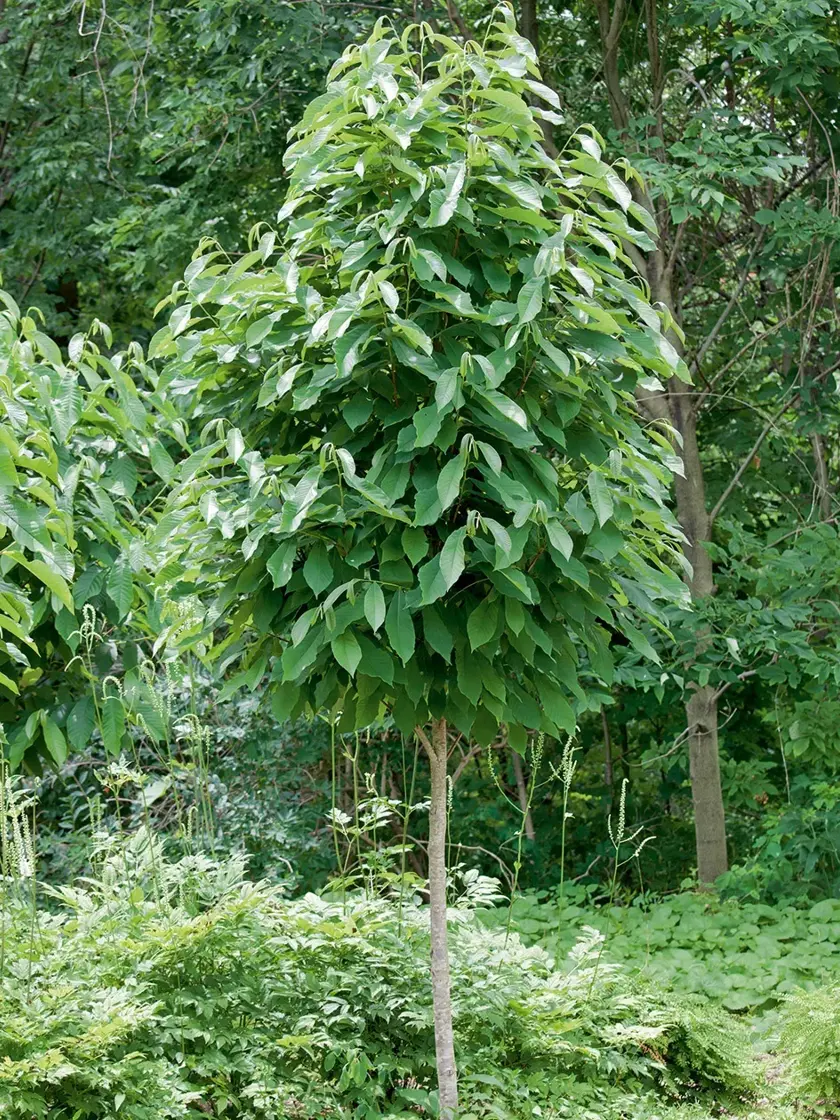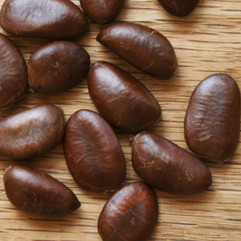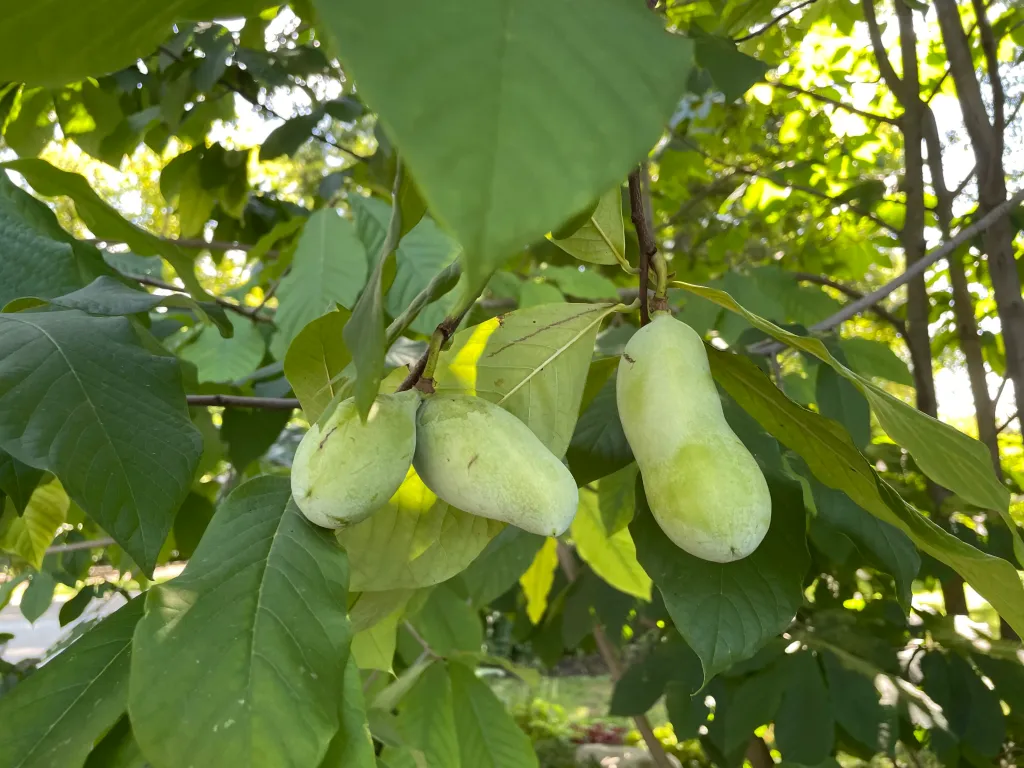Pawpaw: The Unique Fruit Tree for Your Garden
- Tres the Wizard

- Jan 6
- 2 min read

Pawpaw: The Unique Fruit Tree for Your Garden
Pawpaw (Asimina triloba) is a unique and often overlooked fruit tree that adds a tropical flair to North American landscapes. Known for its large, edible fruit, which has a custard-like texture and a flavor reminiscent of bananas and mangoes, the pawpaw tree thrives in shaded or partially shaded spots, making it a great option for gardeners with woodland areas or those seeking a low-maintenance tree that delivers both beauty and bounty. Native to the eastern United States, pawpaw is a hardy tree that grows well in a variety of conditions and is beloved for its distinctiveness.
Key Facts About Pawpaw:
Sun Requirements: Pawpaw trees prefer partially shaded areas and can tolerate some direct sunlight, but they thrive best with about 3–4 hours of sunlight per day.
Water Requirements: Pawpaw trees are moderately drought-tolerant once established but benefit from consistent moisture, especially during the growing season. Regular watering is important for young trees until they become established. They prefer moist, well-drained soils, and should be watered during dry periods to prevent stress.
Height: 15–30 feet tall.
Spread: 10–15 feet wide, with broad, attractive leaves that give the tree a lush, full appearance.
Natural Habitat: Pawpaw trees are native to the eastern United States, where they grow in the understory of forests, typically in well-drained, rich soils. They prefer moist environments and often grow near riverbanks or in shaded woodlands.
Uses: Pawpaw trees are known for their edible fruit, which can be eaten raw or used in a variety of recipes, including smoothies, ice creams, and baked goods. The tree itself is also used for ornamental purposes, providing lovely foliage and interesting flowers.
When to Harvest: The fruit is ready to harvest when it begins to soften, usually in late summer to early fall, depending on your region.
Recipe: A pawpaw smoothie is a perfect way to enjoy the tropical flavor of this unique fruit. Try this Banana Bliss Smoothie.
Fun Fact: The pawpaw is the largest edible fruit native to North America, and it tastes like a tropical blend of mango, banana, and melon. Despite its tropical flavor, it grows in temperate climates and is often found in forests along rivers and streams. Interestingly, pawpaw flowers are pollinated by flies and beetles rather than bees, and to attract these pollinators, the flowers emit a smell similar to rotting fruit!
Companion Plants:
Raspberry
American Ginger







